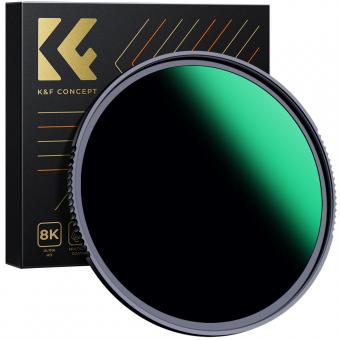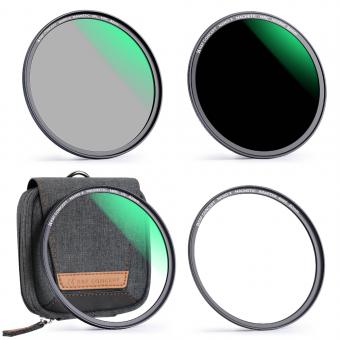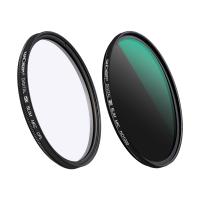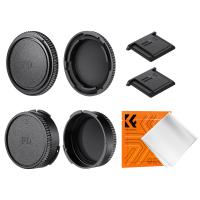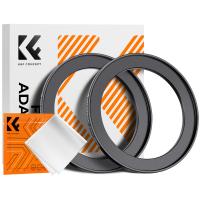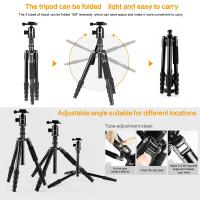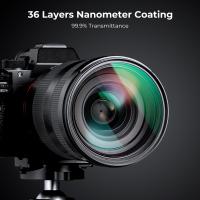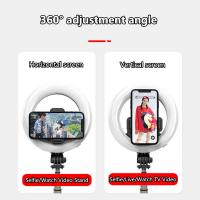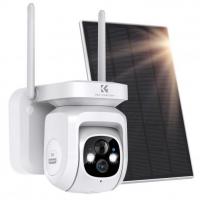What Filter Should I Buy For My Lens?
When it comes to photography, ensuring you have the right equipment can make a substantial difference in the quality and versatility of your photos. One of the frequent queries many photographers, ranging from amateurs to professionals, have is about lens filters. They often wonder: "What filter should I buy for my lens?" This question encapsulates various user intentions, including protection for the lens, enhancing photo quality under different lighting conditions, and achieving specific visual effects. Let's delve into the world of lens filters to provide a comprehensive guide that can help you choose the best filter for your needs.
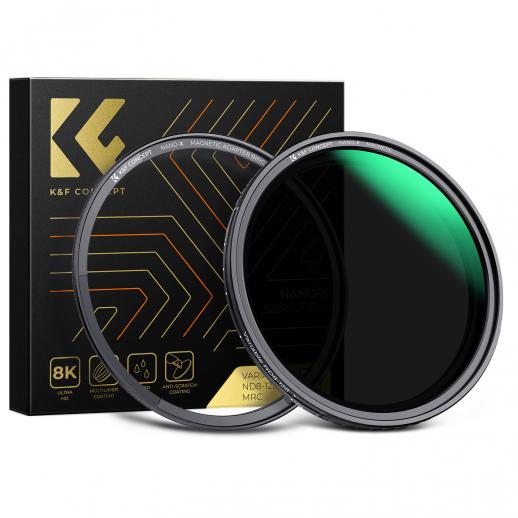
1. Understanding the Purpose of Lens Filters
Lens filters serve multiple purposes for photographers. In broad strokes, they can be categorized into three main functions:
- Protection: Filters like the UV and clear filters primarily serve to protect the lens from scratches, dust, debris, and moisture.
- Enhancement: Filters such as polarizing filters, neutral density (ND) filters, and graduated ND filters help enhance images by managing reflections, altering light dynamics, and balancing exposures.
- Creative Effects: There are filters designed specifically for creative purposes, like color filters, soft-focus filters, and special effect filters that can add flair and distinctiveness to your images.
2. Protective Filters: Guarding Your Investment
- UV Filters: Historically used to block ultraviolet light, these filters have become less essential due to digital camera technology. However, they are still widely used as a protective shield for expensive lenses. A UV filter can prevent potential damage from accidental drops, scratches, and environmental factors like dust and moisture without noticeably affecting image quality.
- Clear Filters: These filters serve the sole purpose of protecting the lens without altering the image. They are made from high-quality glass to ensure no change in color rendition or sharpness of the photos.
When to Use: If you're looking for a filter to keep on your lens at all times for protection, a UV or clear filter is your go-to choice. They are affordable, readily available, and an easy way to maintain your lens's longevity.
3. Enhancement Filters: Elevating Your Photos
- Polarizing Filters: Polarizers are highly effective in reducing reflections and glare from non-metallic surfaces, such as water and glass. They also enhance the contrast and saturation of your images, especially in landscape photography, by making skies appear bluer and foliage more vibrant.
When to Use: Use a polarizing filter when shooting landscapes, seascapes, or any scene where reflections and glare are present. They are also beneficial under bright sunlight to enhance sky colors and reduce haze.
- Neutral Density (ND) Filters: ND filters reduce the amount of light entering the lens without affecting color balance. This capability allows photographers to use slower shutter speeds or wider apertures in bright conditions, ideal for creating motion blur in waterfalls or rivers and achieving a shallow depth of field in bright settings.
When to Use: ND filters are perfect for long-exposure photography, enabling motion blur in waterfalls, clouds, or waves. They are also useful for videographers who need to maintain certain aperture and shutter speed settings under bright conditions.
- Graduated ND Filters: Graduated neutral density filters are similar to ND filters but with a gradual transition from dark to clear. They are used to balance exposure between a bright sky and darker foreground, preventing blown-out skies while retaining detail in the landscape.
When to Use: Use graduated ND filters in landscape photography when there's a significant contrast in brightness between the sky and the ground. This filter helps to prevent overexposure in the sky while properly exposing the foreground.
4. Creative Filters: Adding an Artistic Touch
- Color Filters: These filters alter the color balance of your images, which can profoundly affect the mood and aesthetic of a photo. For instance, a warming filter can add a gold hue, enhancing sunrise and sunset scenes.
When to Use: Use color filters to alter the overall tone of your photographs, especially in situations where you want to impart a distinct mood or creative touch. They are widely used in both film and digital photography for artistic effects.
- Soft-Focus Filters: These filters diffuse light uniformly across the image, reducing sharpness and creating a soft, dreamy effect. They are often used in portrait photography to smooth out skin textures and create flattering images.
When to Use: Use soft-focus filters in portrait photography or any scene where you wish to create a soft, ethereal look. They are popular in glamour and wedding photography.
- Special Effect Filters: Special effect filters include starburst filters that create star patterns around light sources, infrared filters for infrared photography, and more. These filters can greatly enhance the creativity of your photos, offering various unique visual effects.
When to Use: Employ special effect filters when you want to add unique creative elements to your photographs, experimenting with light and visual textures.
5. Choosing the Right Filter for Your Lens
Selecting the right filter largely depends on your specific needs and the kinds of photography you are pursuing. Here are some tips for making your decision:
- Assess Your Primary Use: Identify whether your primary need is protection, enhancement, or creative effects. If you often shoot outdoors, a polarizing filter and ND filter will prove beneficial. For studio work, you might lean more towards clear protection filters and various creative effects filters.
- Consider Your Equipment: Ensure that the filter size matches your lens diameter. High-quality filters made from optical glass are preferable as they maintain the sharpness and clarity of your images.
- Budget Considerations: Filters are available in a wide price range. Investing in a high-quality filter is advisable since cheaper filters can degrade image quality. Brands like B+W, Hoya, and Tiffen are renowned for their high-quality filters.
6. Conclusion
Choosing the right filter for your lens is a balance of understanding your photographic needs, the environments in which you shoot, and the creative outcomes you wish to achieve. Whether you are looking to protect your lens, enhance image quality, or add artistic effects, there is a filter designed to meet those needs. Remember that investing in high-quality filters will pay off in the longevity of your gear and the excellence of your images. With the right filters in your kit, you can explore new depths of creativity and professionalism in your photography.

